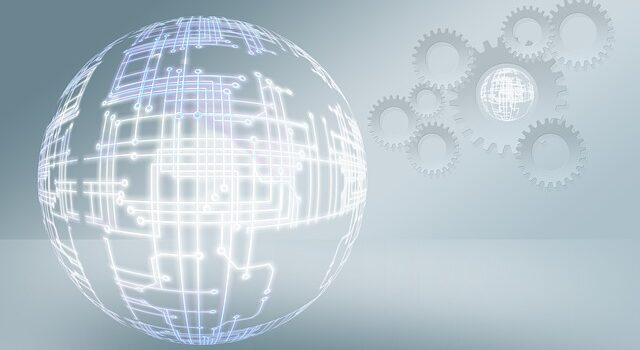
In the present time it is normal for all of us humans to throw garbage anywhere, because we are not aware of the danger posed by this waste.
But today we see every day in the daily news that somewhere there was a flood or somewhere lakhs of people lost their lives due to earthquake. The main reason for all these natural problems is garbage. That is why waste is called the biggest enemy of nature. Apart from this, new diseases arise from the waste, which is taking the lives of lakhs of people every day. Not only the poor countries of the world but also the developed countries are facing this problem. Because America, the world’s most developed country, also generates more than 277 million tons of garbage annually.
Apart from this, as we are moving forward in the modern era, e-waste is becoming the biggest problem for us. Because electronic devices have made their place around us. Because of this, e-waste is being generated in large quantities. That is why e-waste disposal is also a growing problem for us at present.
What is e-waste?
The world is becoming increasingly digital. In the modern era, we have mobile phone, television, computer, washing machine, camera, cooler, air conditioner or heater in our house. Now if there is any technical problem in them, then such equipment is of no use and they are thrown away. These discarded things are called e-waste.
Talking about India only, three out of four Indian citizens have a mobile phone today. The radiation emitted from mobile phones is harmful to human health. Apart from this, when we throw away things like bulbs and tube lights, then the substances released from them also affect human health and environment a lot.
All the things mentioned above are increasing day by day, because the number of people in the world is increasing. Due to this, the amount of e-waste is also going to increase in the future. That is why it is very important for us to manage e-waste at present, because only then we will be able to control it.
impact of e-waste
In addition to plastic and glass, many dangerous substances like chromium, lead, cadmium, arsenic and mercury are also used in making electronic things. When we throw away the e-waste itself, then this substance acts as a poison by mixing in the soil, air, and underground water. For example, cadmium fumes cause serious damage to human lungs and kidneys. Apart from this, burning of substances like phosphorus and mercury useful in the computer causes destruction of the environment.
Mercury is also a toxic metal, which causes maximum damage to fish. And it is very difficult to dispose of plastic. Whereas 15 thousand tonnes of plastic waste is generated every day in India. Now, if we do not manage e-waste properly, then perhaps in future our children may have to pay a big price for it.
E-waste growing rapidly in the country
Ever since the boom in the IT – industry , the number of electronic devices in India and the world has been increasing steadily. According to some reports, the amount of e-waste in India was 1 , 46 , 800 tonnes in 2004, which increased to 8 lakh tonnes in 2012 and 2 million tonnes in 2017 . By looking at these figures, it is known how fast e-waste is spreading in the country.
India is the second largest e-waste producer in the world after the US, China, Japan and Germany. The largest e-waste generating cities in India include Delhi, Mumbai, Bangalore, Kolkata, Chennai and Hyderabad. We generate so much e-waste, but we do not have any special system to dispose of e-waste. So e-waste is becoming a serious problem for us.


